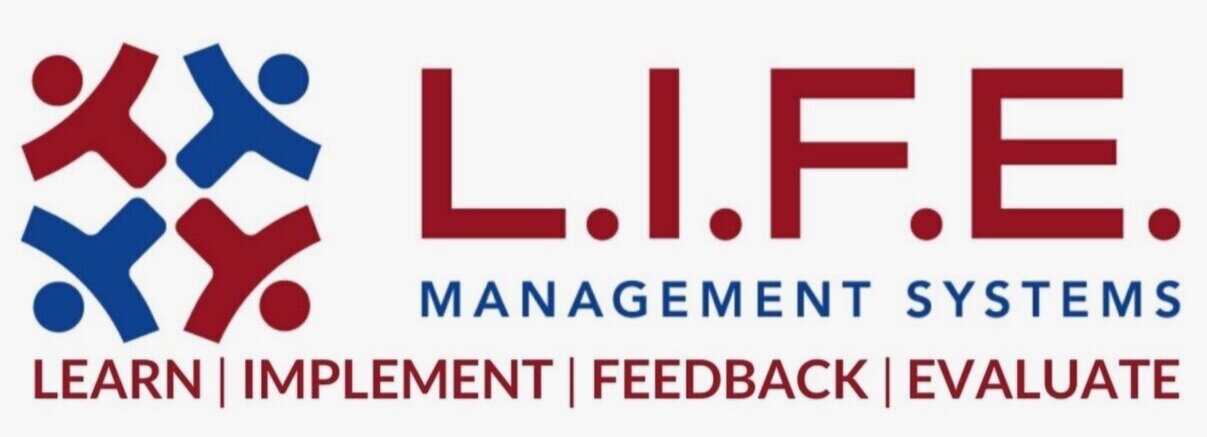How to give effective feedback to employees
Over the years, working as an executive coach, many managers, executives, and business owners have asked me this question: “How do I give feedback to an employee?” This frequently asked question is fundamental to personal and business success because it involves critical communication between a manager and their employees. The question also points to the importance of determining what a manager should say, when, and how to say it.
Delivering feedback to an employee is very important due to the critical need for employee development, engagement and retaining employees. Getting any of these discussion points wrong can prove disastrous; employees can walk off the job and halt business operations or sue you for saying the wrong things. Likewise, getting these discussion points correct can pay a lifetime of dividends for you and your organization and those receiving feedback.
“Delivering feedback to an employee is very important due to the critical need for employee development, engagement, and retaining employees.”
Training managers in providing feedback to an employee can range from none to the bare minimum, based on operational priorities, budget constraints, or time considerations. These barriers to training may negatively impact the quality of feedback that a manager provides to their employees, and thus, many managers are reluctant to give any feedback.
However, even managers who have received training in active listening and giving feedback are hesitant because of the angst and lousy rap associated with providing employee feedback. Nonetheless, giving feedback is essential and should be included in regular business operations and be an integral part of your training and development activities.
Since feedback facilitates the personal and professional development of the employee who receives it, organizations find providing employee feedback an integral part of business success. Also, when done well, it sends signals to the employee that they are valuable to the organization. In addition, timely and comprehensive employee reviews, when effectively delivered, promote organizational engagement and retention.
Improving your ability to deliver effective feedback will help develop your team members and enhance your leadership skills. Thus, delivering high-quality feedback becomes a winning strategy for you, your organization and team.
Are you looking to get started on enhancing your employee feedback skills? I’ve curated a list of resources with links to relevant articles for you to take a look at. The articles below are a great start to understanding and incorporating timely and thought-provoking conversations that enhance the workplace and can serve as reminders to review the basics of how to give employee feedback.
15five | 9 Ways to Give Effective Employee Feedback
Overview: Actionable tips to give managers targeted outcomes when providing employee feedback.
Indeed | 8 Positive Feedback Examples You Can Use to Drive Employee Performance
Overview: Positive feedback tools to use for “happier employees and a more productive work environment.”
The Muse | How to Give Good Feedback to a Defensive Employee
Overview: A list of the do’s and don’ts when providing criticism in your feedback.
Office Vibe | 10 Constructive and Impactful Employee Feedback Examples
Overview: A comprehensive look at tips to use when delivering meaningful feedback to employees.
Achievers | The Importance of Employee Feedback
Overview: This article contains useful tips and examples for managers to consider and plan for prior to meeting with their employee.
Conclusion
Becoming better at providing feedback helps us navigate through our daily work and challenging times. Of the many benefits, learning more about how to provide feedback will enhance your leadership skills. I hope you found these five articles to be helpful by keeping you focused on your communications with team members. Let me know which article resonates with you!
I help leaders reach their goals through my executive coaching services. Contact me for a free 15-minute discovery call to discuss your coaching needs!


